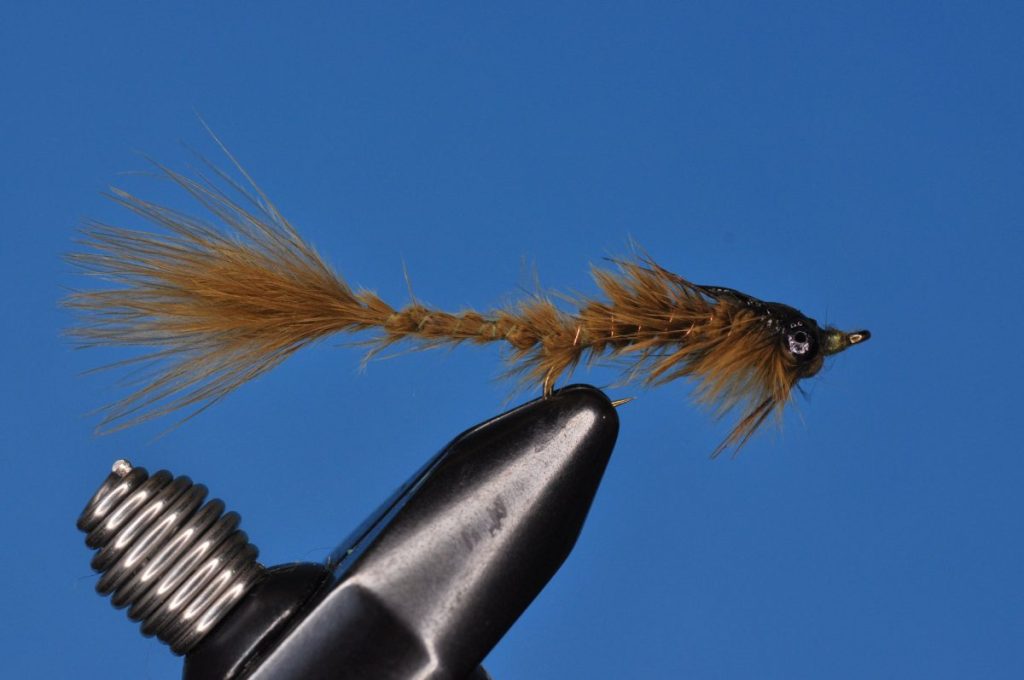
Looking for something else?
Try one of these!
Damselfly Nymph Step-by-Step:
Often held in low regard by those who fish rivers and streams, the Damselfly Nymph has long held a place of prominence in the stillwater fly fisher’s box. The ubiquitous natural, as common place in warm eutrophic systems as it is in high mountain lakes, has long been acknowledged as favored prey of the large trout that reside in the latter. As such, it has long found its place alongside such stillwater mainstays as the classic Adams dry and Chironomid.
In warmer realms, bass, panfish and even the occasional carp have been known to fall prey to a well presented damsel imitation. An awkward swimmer as it slowly wriggles its way toward shoreline weeds in preparation of emergence, it is no wonder why predatory species key in on such an easy meal.
Disclosure: This post contains affiliate links. A small commission may be paid for purchases made through these links.
Step-by-Step Tying Instructions:
(Mobile Viewers: Click images to enlarge)

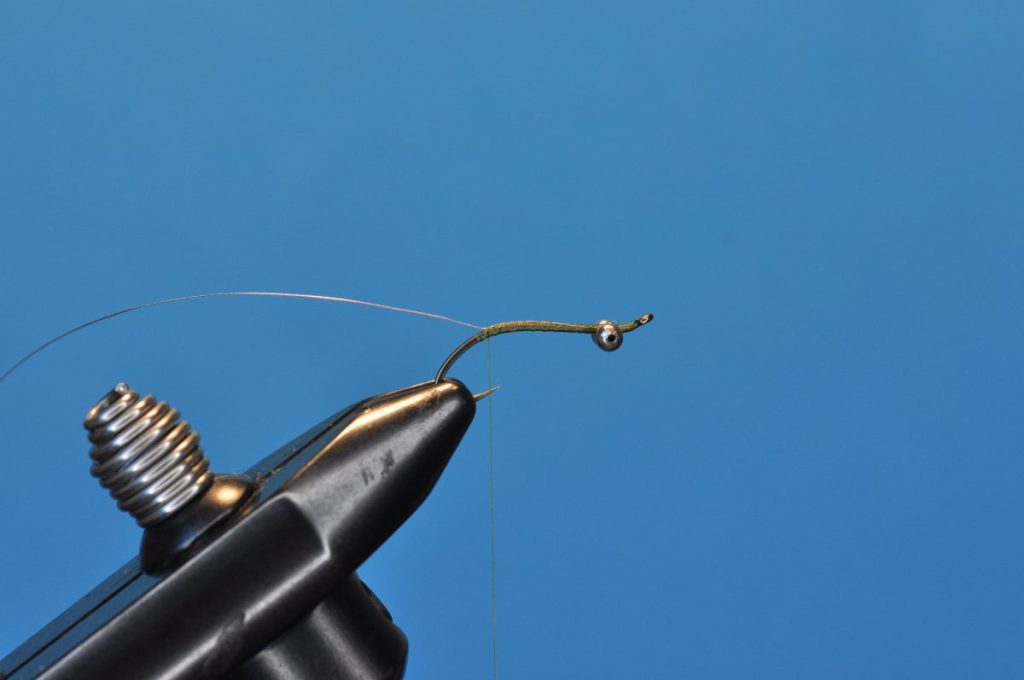
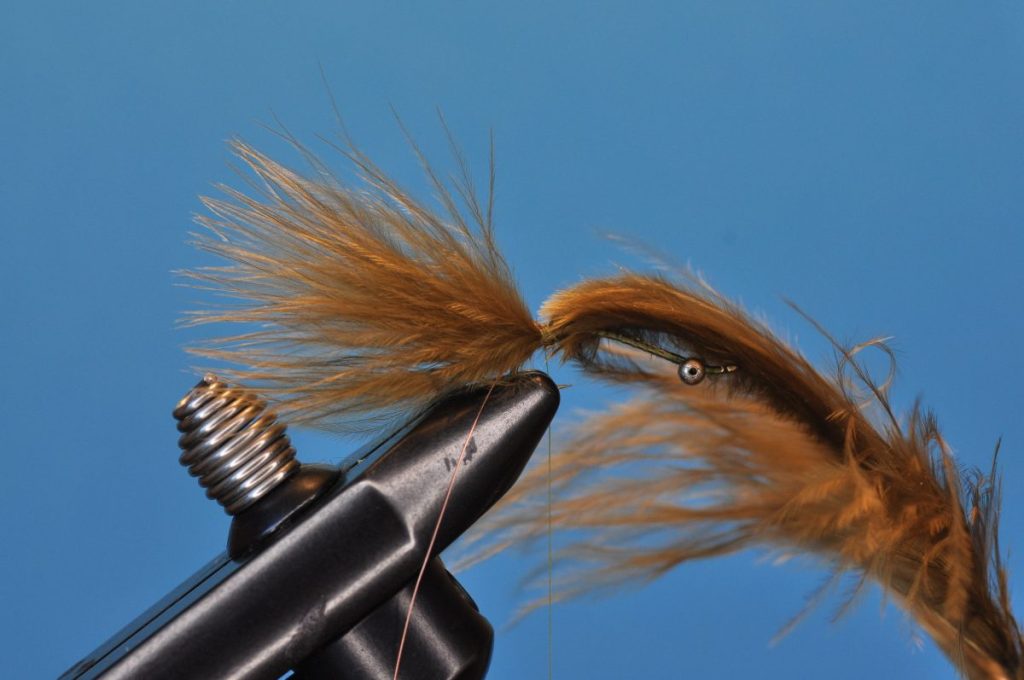
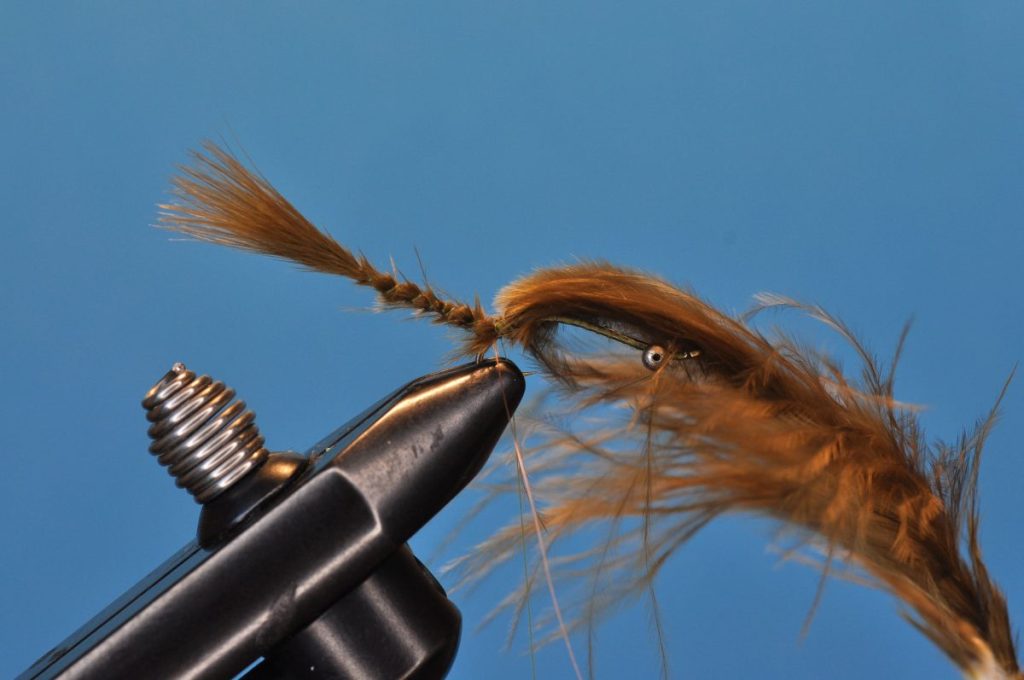
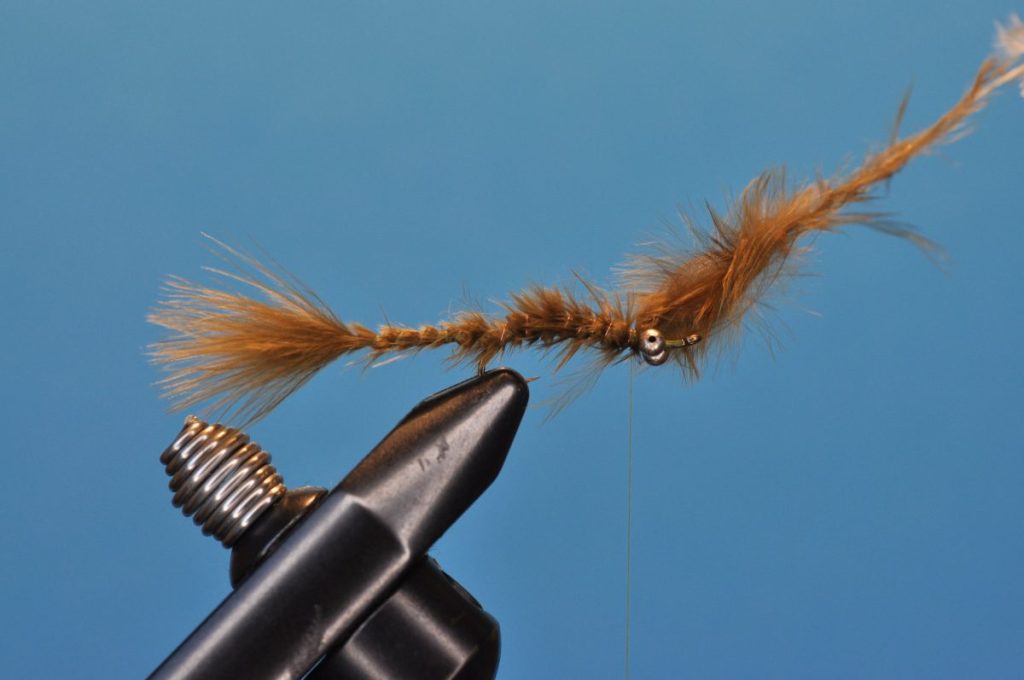
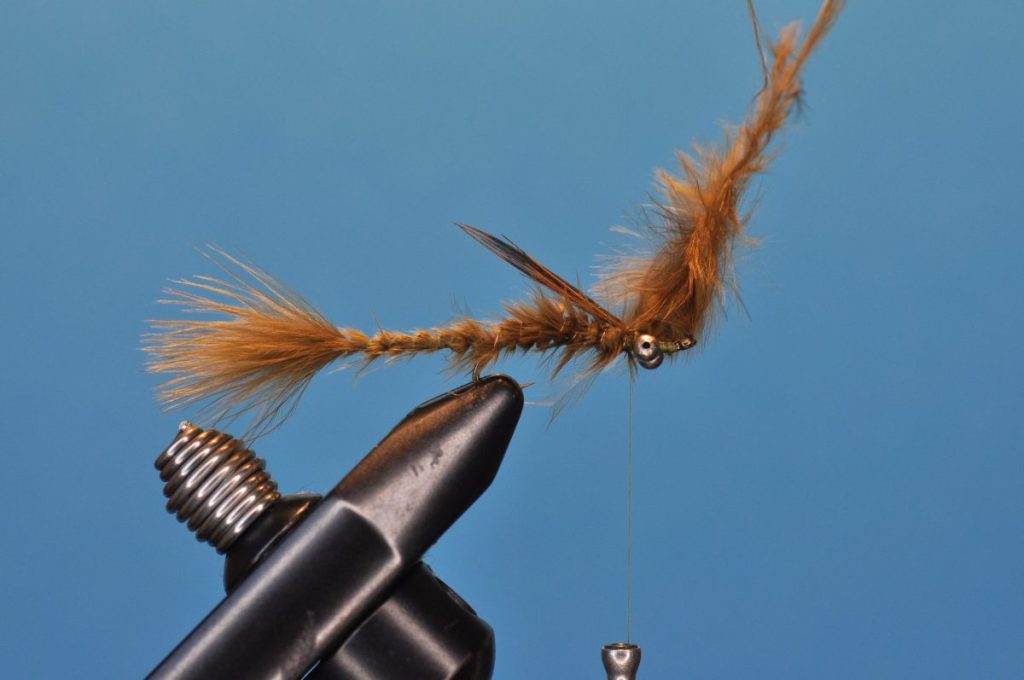
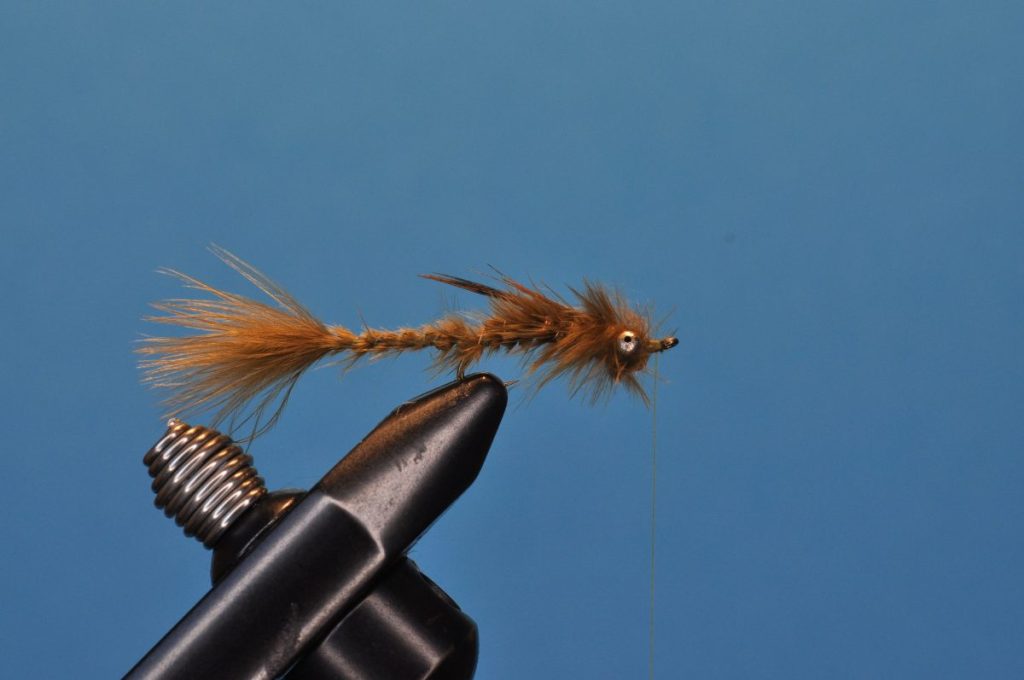
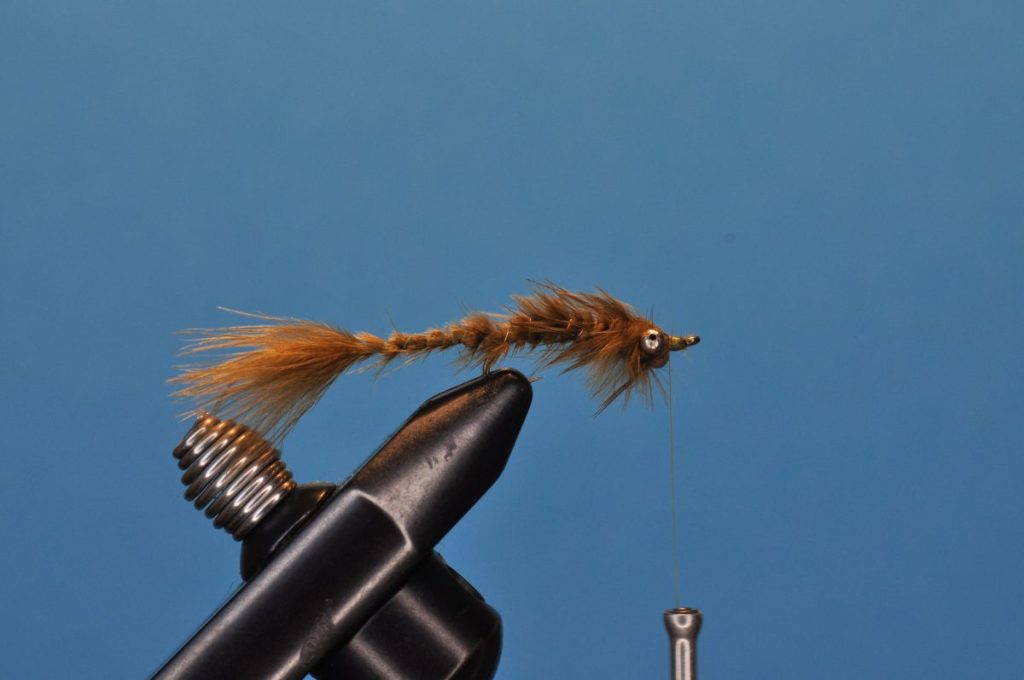
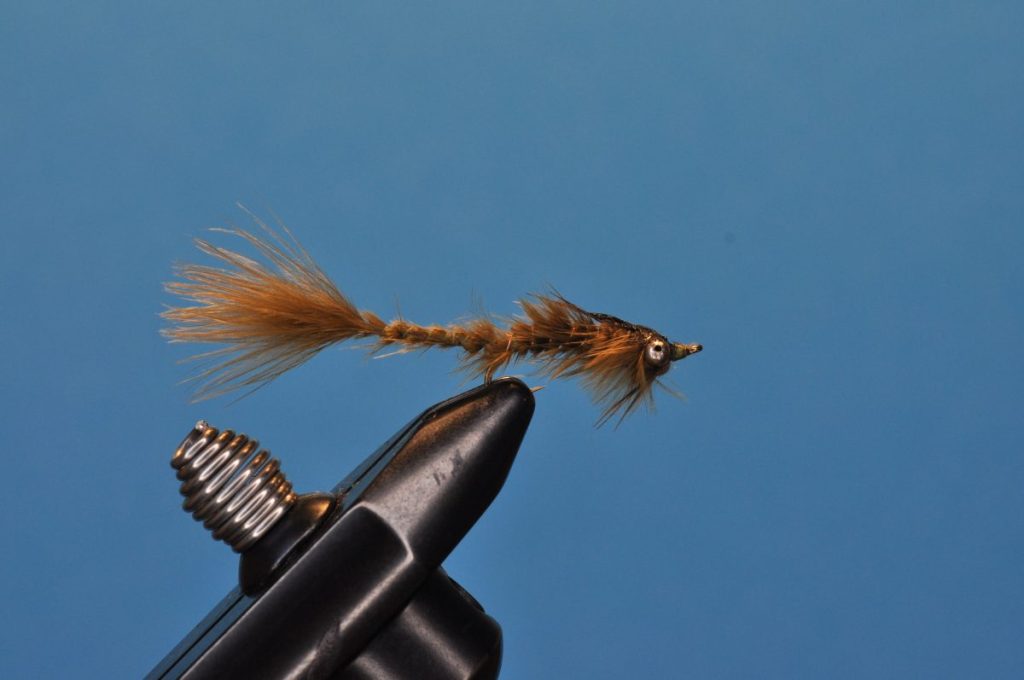
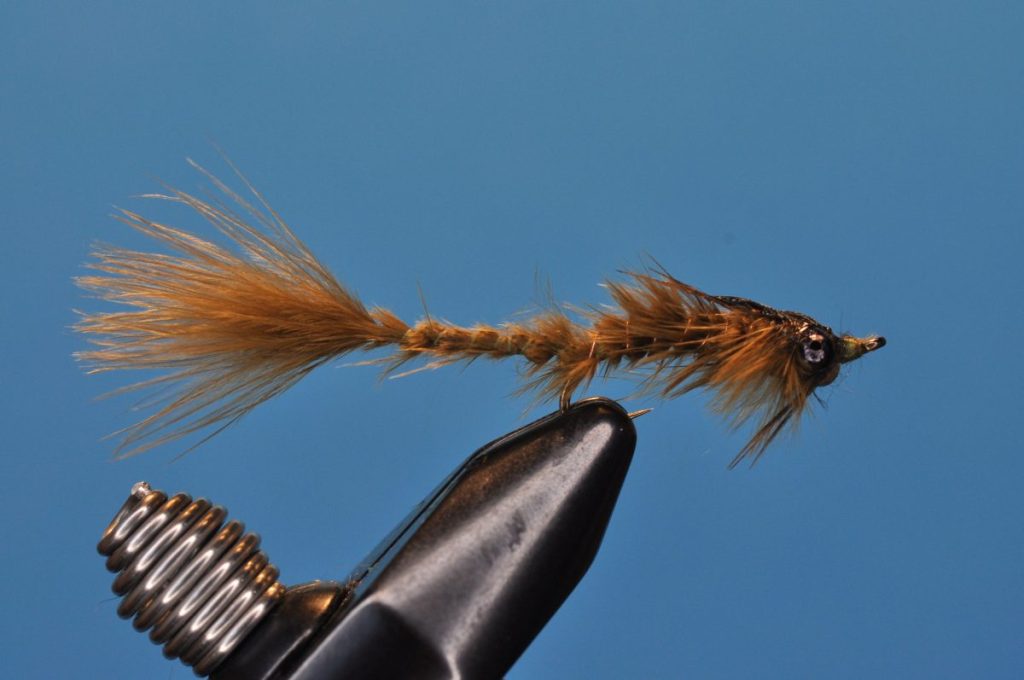
Tips and Tricks:
1. Hook Selection:
While any 2x or 3x length nymph or streamer pattern would suffice, I highly recommend the Swimming Nymph style hook utilized in the Step-by-Step. The curved design of the hook seems to impart increased action (particularly to the extended body) when retrieved with short, erratic strips. Consideration should also be given to jig-style hooks as the “jigging” motion again imparts added action to the extended body.
2. Less Weight or More Weight?
Depending on the depth of water you wish to fish, you may need to adjust the weight/buoyancy of your fly. For extremely shallow situations, or when fishing over submerged vegetation, consider replacing the bead chain eyes with plastic dumbbell eyes. If going deep, consider adding some lead-free wrap to the shank of your hook before tying the abdomen and thorax.
6. Concentrated Effort:
When fishing a damselfly nymph, concentrate your efforts on likely points of emergence. These nymphs are at their most vulnerable when transitioning to shoreline vegetation where they stage prior to their emergence as adults. With this in mind, concentrate your casting around shoreline vegetation. It is certainly possible that you’ll catch fish on this nymph casting in open water, but your odds will improve greatly with a more targeted approach.
Proof of Concept
While not a fish I’ll be bragging about for years to come, this little bass was one of a number of bass and bluegill kind enough to demonstrate the effectiveness of this pattern during a quick warmwater test run. In each case, the strike came, as expected, within feet of the shoreline.
Tight Lines Everyone!
-Chris










